How to Weatherproof Your Home for Winter in 2025
As the temperatures drop and winter weather looms, ensuring your home is properly weatherproofed is essential for comfort, energy efficiency, and avoiding costly repairs. Here’s our comprehensive guide to help you prepare your wallet and your home for the colder months.
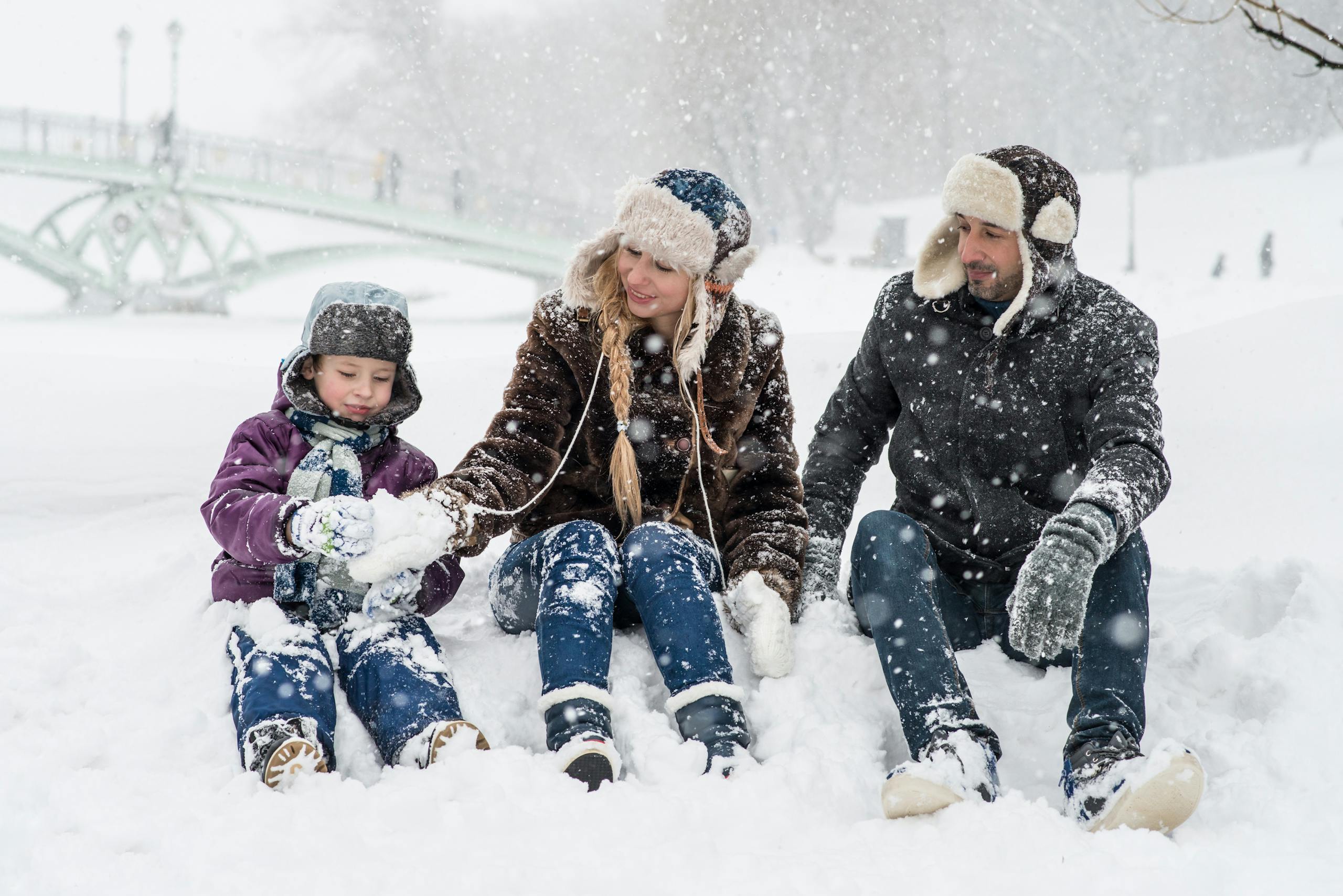
Step 1: Inspect Your Home’s Exterior
Start by walking around your home to check for:
- Cracks and Gaps: Look for openings in siding/brick, windows, and doors.
- Damaged Roof Shingles: Can lead to leaks during snowstorms.
- Clogged Gutters: To prevent ice jams, ensure gutters and downspouts are free of debris.
- Drain Outdoor Faucets Disconnect hoses and shut off exterior water lines.
Pro Tip: Use a flashlight to check for daylight seeping through exterior seals from inside your home.
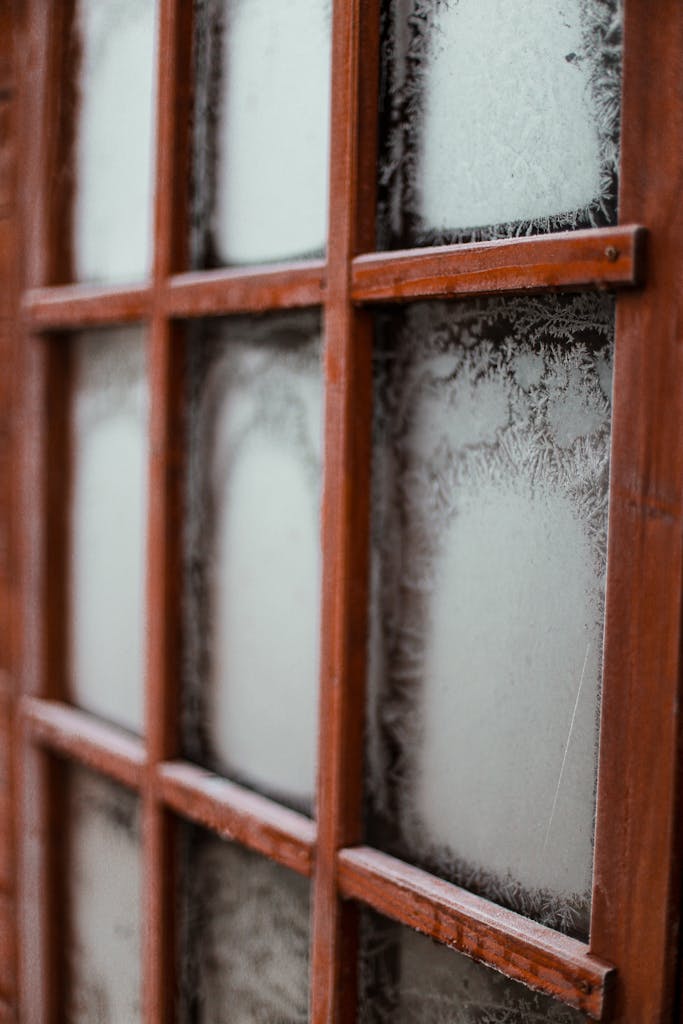
Step 2: Sealing Windows and Doors
Windows and doors are common sources of drafts. Here’s how to fix them:
- Apply Weatherstripping Using foam, vinyl, or metal weatherstrips around framing, entry points, and cracks.
- Caulking Gaps by applying silicone caulk to seal cracks in window and door trim.
- Installing Draft Stoppers by using draft snakes or door sweeps at the base of doors.
Step 3: Insulating Your Home
Proper insulation is critical for retaining heat.
- Attics: Add or upgrade insulation to R-38 or higher.
- Basements and Crawl Spaces: Seal and insulate to prevent cold air from entering.
- Garages: Check the garage door to your home as well as the actual garage door itself for proper sealment. (Additional sealing strips can be put along the doors)
- Using Thermal Curtains can Trap heat indoors during colder months.
- Upgrading Windows by Install double or triple-pane windows.
https://handymanoklahomacity.com/how-to-install-garage-door-weather-stripping-in-7-easy-steps/
Pro Tip: Use reflective insulation in attics to maximize heat retention. and PVC garage weather stripping vs wood to prevent rot.
Step 4: Protect Your Plumbing
Frozen pipes can burst and cause significant damage.
- Protect Outdoor Faucets by Disconnecting and empting hoses also shutting off exterior water lines.
- Install Pipe Insulation: Wrap pipes in unheated areas, such as garages and basements.
- Keep Water Flowing During freezing temperatures(below 34 Degrees), let faucets drip to prevent freezing.
- Open Cabinets to allow for warm air to circulate
Locate Your Main Water Shut-Off Valve
Why: Knowing how to quickly shut off your water supply can prevent extensive damage in case of a burst pipe.
How:
Locate the valve, usually found near the water meter or where the main line enters your home.
Ensure it’s easily accessible and test it to make sure it’s functional.
Step 5: Check Your Heating System
Your heating system should be in top condition before winter hits.
- Schedule a Tune-Up or Have a professional inspect your furnace or boiler.
- Replace Filter any Dirty filters to reduce efficiency and air quality.
- Test Thermostats to Ensure they are functioning
Tips Checking Your Water Heater
Why:Your water heater works overtime in winter, making it prone to breakdowns.
How:Flush the tank to remove sediment and improve efficiency.
Insulate the tank with a water heater blanket.
Pro Tip:Have your water heater professionally serviced before winter starts.
Step 6: Weatherproofing your Outdoor Areas
Don’t forget to prepare outdoor spaces:
- Secure Outdoor Furniture: Store or cover items to protect them from snow and wind.
- Check Walkways: Repair cracks to prevent ice buildup and tripping hazards.
- Stock Up on Supplies: Have snow shovels, de-icers, and sand ready for use.
Bonus Tip: Conduct a Home Energy Audit
Consider hiring a professional for an energy audit.
Hiring a profession to identify hidden leaks and inefficiencies, helping you prioritize repairs and upgrades.
Weatherproofing your home for winter not only saves money but also ensures your family stays warm and safe throughout the season. Following these steps can minimize energy waste and protect your home from harsh winter conditions.
Share your tips! Do you have a go-to winter preparation hack? Let us know in the comments below.
Helpful Links and Guides
Energy Saver- Tips for saving money and energy in your home
How to Receive Free Help Weatherizing Your Home
GE Sealants: 9 Steps to Weatherproof Your Home and Fight the Cold

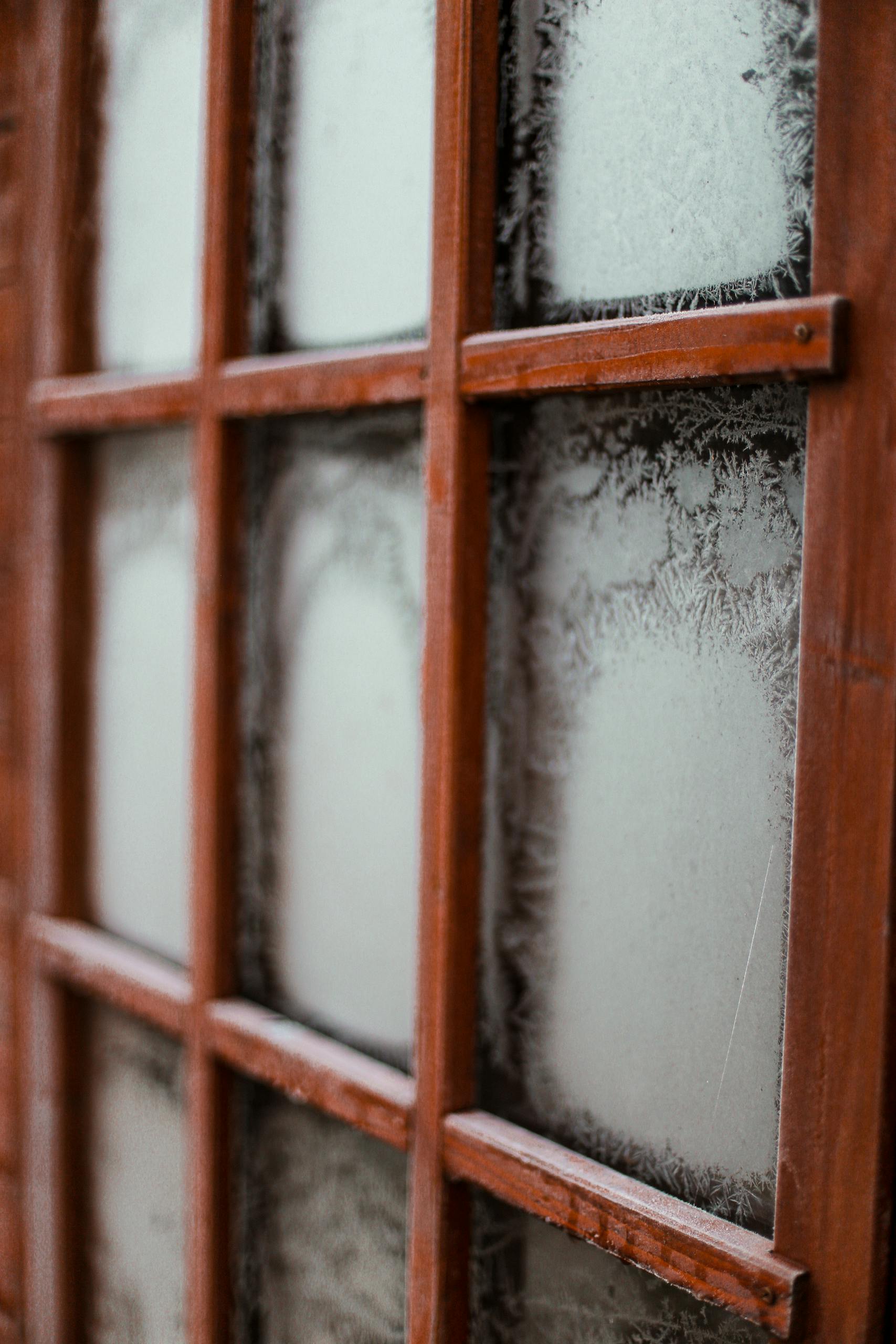
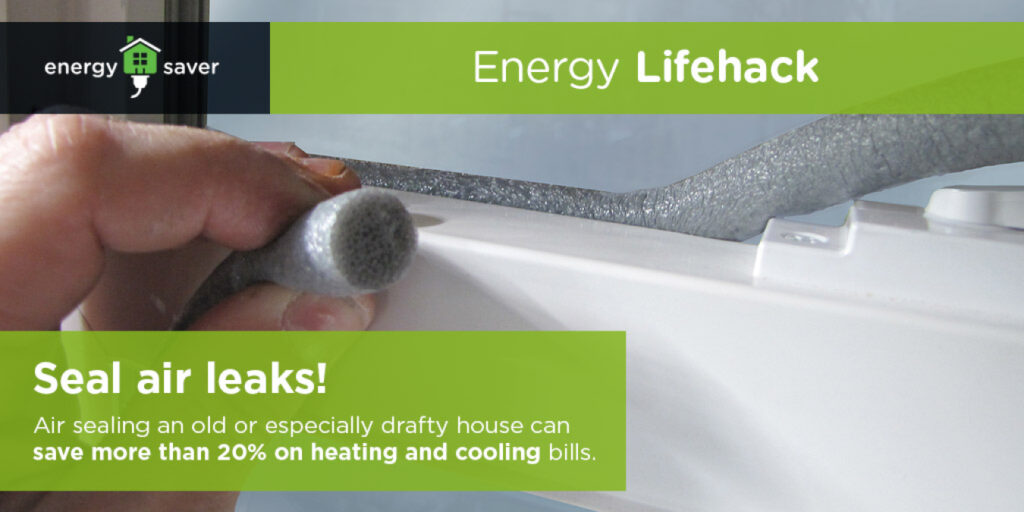
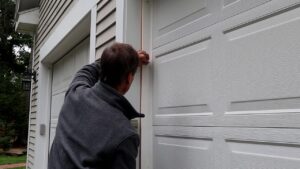



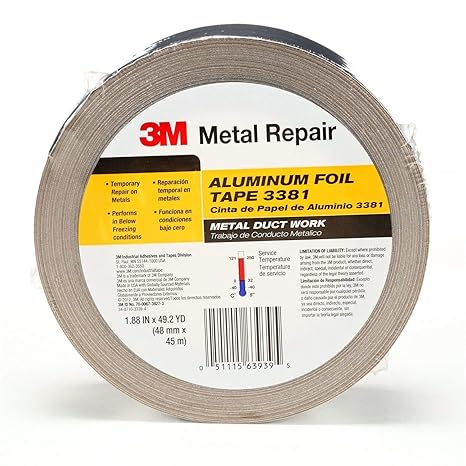

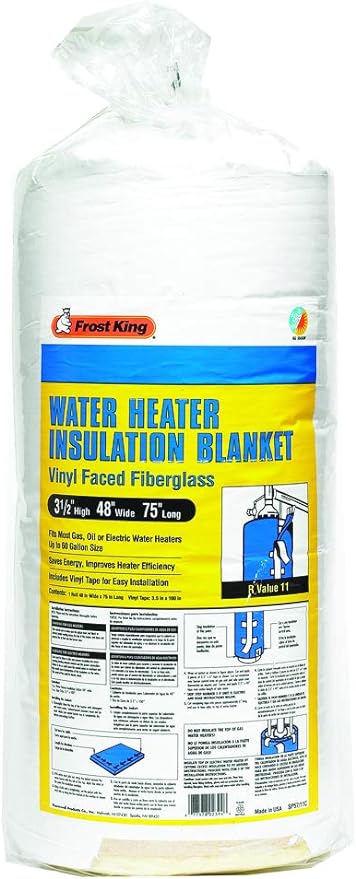
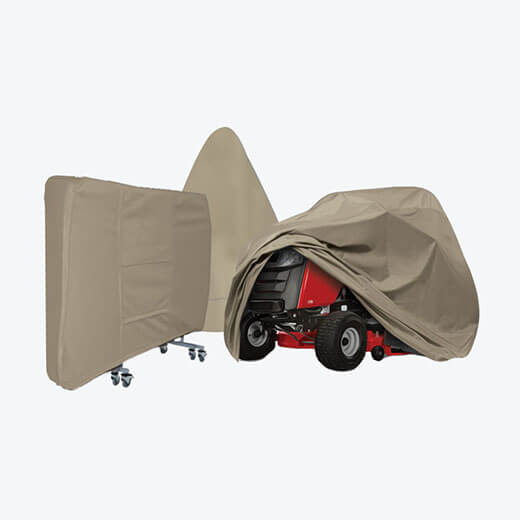
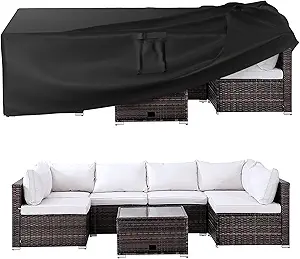






Leave a Reply